Nothing evokes warmth and comfort like the smell of freshly baked bread wafting through the kitchen. Among the many delightful types of homemade bread, Amish Cinnamon Bread stands out for its moist texture, sweet cinnamon flavor, and fascinating cultural background.

This bread, famous for its swirl of cinnamon sugar in every slice, belongs to a rich tradition of baked goods that have been perfected within Amish communities over centuries.
In this article, we will dive into everything you need to know about the Amish Cinnamon Bread Recipe—from its history to its core ingredients and step-by-step instructions.
We will also explore a wide variety of related recipes and sweet cinnamon bread adaptations, such as sourdough cinnamon raisin bread, bread maker cinnamon rolls, cinnamon donut bread recipe, and many others. By understanding the fundamentals of this aromatic baked treat, you’ll be well-equipped to experiment in the kitchen, whether you’re aiming to replicate old-fashioned Amish baking methods or trying out modern tweaks such as keto-friendly variations. Throughout each section, we will reference the many other forms this delicious type of bread can take, giving you a comprehensive guide to cinnamon breads of all styles.
Whether you’re a seasoned baker or a complete beginner, there’s something special about making your own bread at home. The process can be meditative, the aroma is second to none, and, best of all, you get to slice into a loaf of warm, homemade goodness at the end. If you’ve been looking for a reliable and detailed guide to the ultimate Amish Cinnamon Bread Recipe, let’s begin your journey right here.
2. A Brief History of Amish Baking and Cinnamon Bread
To truly appreciate the Amish Cinnamon Bread Recipe, it helps to understand the context in which it developed. The Amish community is recognized for its simple way of life, modest clothing, and hesitance to utilize many forms of modern technology. Food preparation plays a central role in Amish daily life, as communal meals often involve large families and neighbors. Traditional Amish cooking focuses on hearty, home-style meals and baked goods, relying on fresh, locally sourced ingredients whenever possible.
2.1 The Rise of Sweet Breads in Amish Communities
Because of the agrarian lifestyle most Amish groups follow, the day’s labor often includes physically demanding farm work. In generations past, bread was an essential staple, providing easy, filling calories. Over time, sweet breads began to appear more frequently. Ingredients like sugar, cinnamon, and raisins would be added to offer variety and special-occasion treats. This is how recipes such as Amish cinnamon swirl bread and other desserts rose to prominence as comforting and festive foods.
2.2 The Appeal of Cinnamon
Cinnamon is one of the oldest and most cherished spices, used for medicinal and culinary purposes across cultures. For Amish bakers, adding cinnamon to bread dough or swirling it through layers became a favored technique for infusing warmth and flavor. Amish cinnamon bread likely took root in the centuries-old tradition of swirling spices and sugar into dough. The technique is simultaneously rustic and elegant, resulting in an aromatic loaf that beckons to be shared.
2.3 Adaptations Over Time
As the Amish community migrated from Europe to the United States, local ingredients influenced their cooking styles. Recipes that had once been made with European wheat were adapted to American varieties, and sugar became more readily available. Over time, people outside Amish communities also embraced these sweet breads. This widespread adoption led to more and more variations, including the modern forms like cinnamon sugar sourdough bread, cinnamon crunch banana bread, and even the ease of making bread using mechanized gadgets like bread maker cinnamon rolls.
By understanding the background of Amish culture and the tradition of sweet breads, we gain greater appreciation for this unassuming yet delicious loaf. What started as a farmhouse treat has become a beloved staple across many kitchens around the world.
3. Understanding the Amish Cinnamon Bread Recipe
3.1 What Makes This Recipe “Amish”?
The Amish are known for preserving time-tested methods. The hallmark of an Amish Cinnamon Bread Recipe is simplicity. Traditional Amish recipes typically emphasize minimal, high-quality ingredients and straightforward baking techniques. While modern versions might include shortcuts (like using frozen bread dough or a bread machine), the essence of the recipe remains: a soft, sweet bread that showcases the comforting taste of cinnamon.
3.2 The Flavor Profile
The bread offers subtle sweetness from granulated sugar or brown sugar, paired with the warm spice of cinnamon. The swirl or topping often has extra sugar and cinnamon, creating a caramelized crust around the edges. Some people also like to add optional extras such as raisins, nuts, or even a cream cheese drizzle on top.
3.3 Typical Texture
Classic Amish cinnamon bread is usually soft, with a moist crumb. This is partly thanks to a relatively rich dough that often includes milk, eggs, and butter. The swirl of cinnamon sugar adds bursts of sweetness in each bite. If you are adding raisins, you also get pops of tangy sweetness, and if you’re incorporating nuts, you’ll have a pleasant crunch.
3.4 Common Variations
- Cinnamon Raisin Sourdough Bread: Using a sourdough starter for a tangier taste.
- Bread Maker Cinnamon Rolls: Transforming the dough into roll shapes instead of a loaf.
- Keto Cinnamon Bread: Substituting traditional wheat flour with low-carb alternatives like almond or coconut flour.
- Cinnamon Swirl Sourdough Bread: Combining tangy sourdough with sugary cinnamon spirals.
- Cinnamon Star Bread: A decorative version of a cinnamon-filled bread that’s shaped into a star.
With these basics in mind, you’ll be prepared to make a loaf that captures the spirit of Amish baking traditions, while also suiting your personal taste and nutritional needs.
4. Key Ingredients and Their Roles
Before we dive into the step-by-step process, let’s discuss the main ingredients in a recipe for Amish cinnamon bread and how they contribute to the final product.
- Flour
- Typically, all-purpose flour is used, though bread flour can add extra chew. Some variations might incorporate whole wheat or other flours.
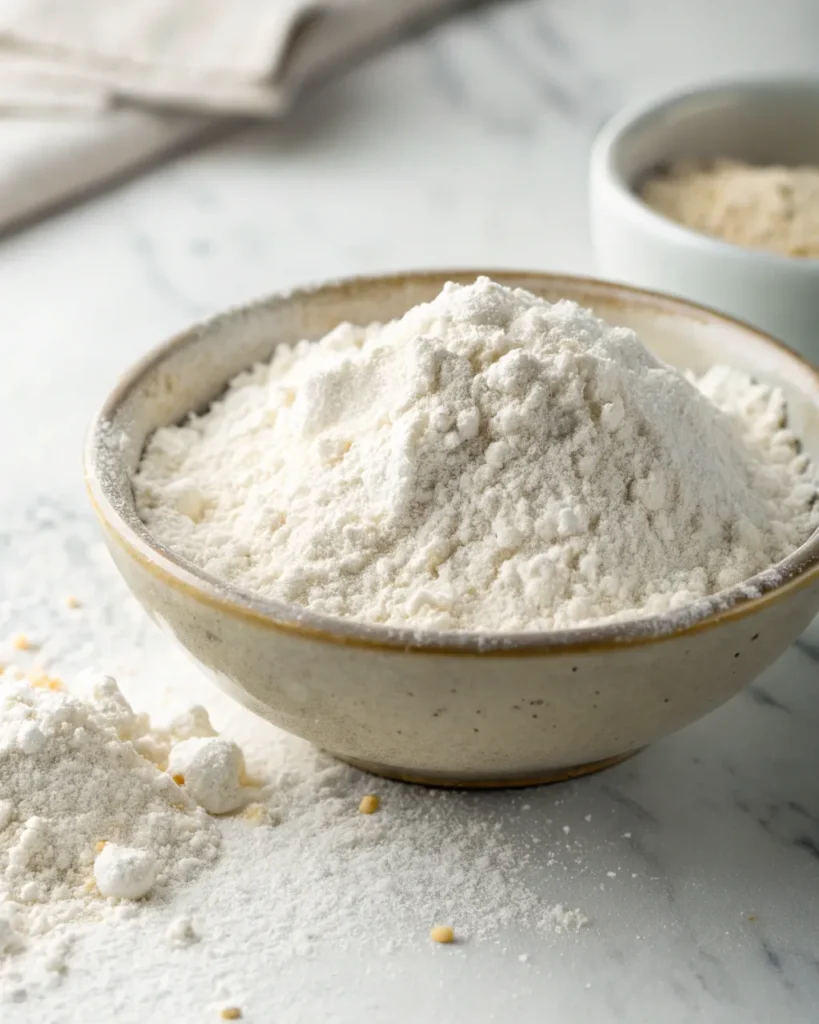
- Yeast
- Most common recipes use active dry or instant yeast. Yeast is the key leavening agent that helps the dough rise, resulting in a light and airy bread.
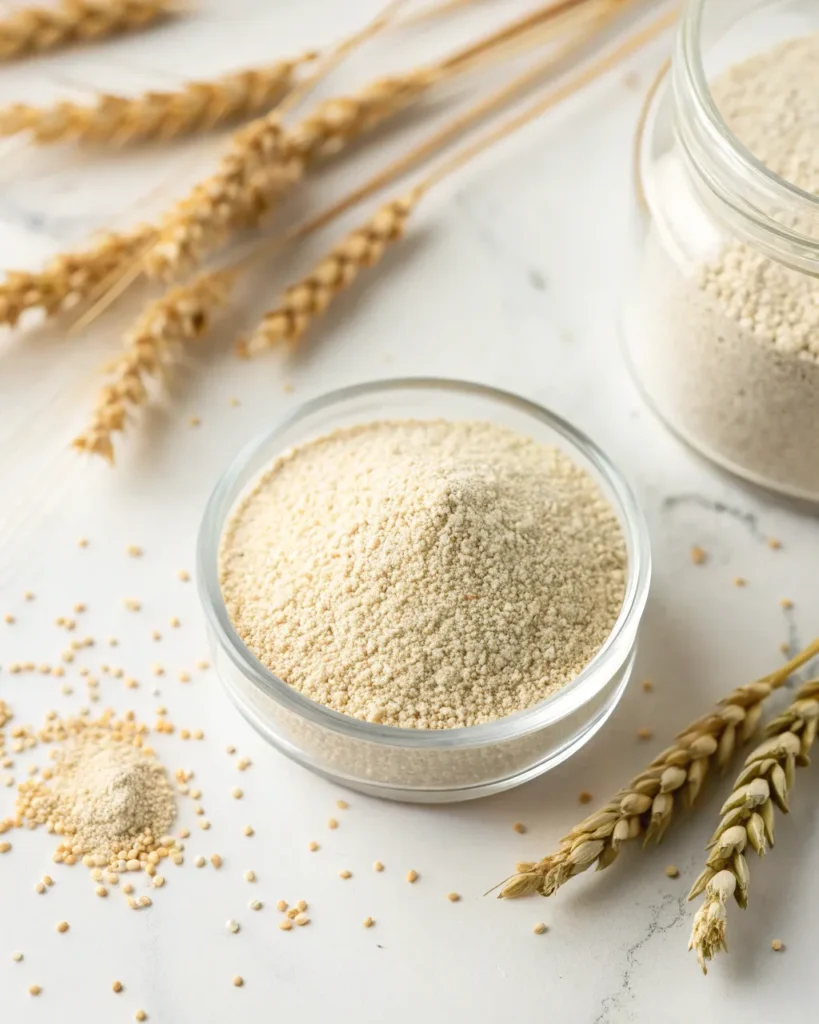
- Sugar
- Granulated sugar or brown sugar is used to feed the yeast, sweeten the dough, and create the cinnamon-sugar swirl or topping.
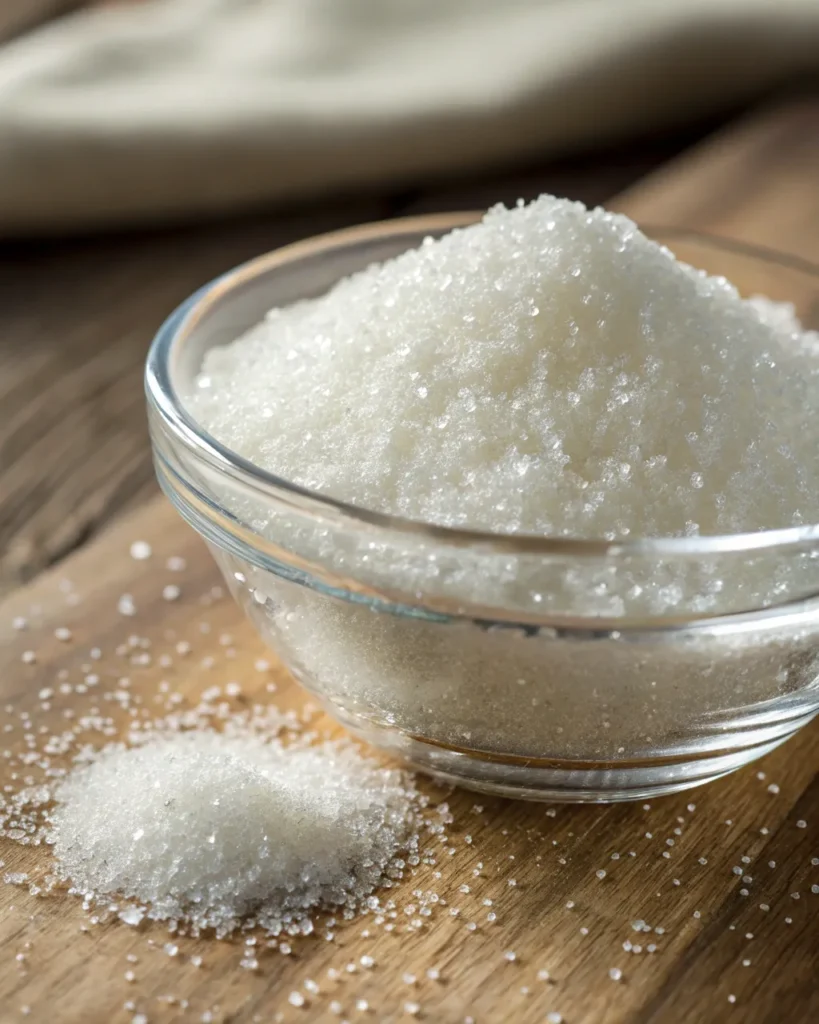
- Eggs
- Eggs enrich the dough, lending moisture, flavor, and tenderness to the crumb.
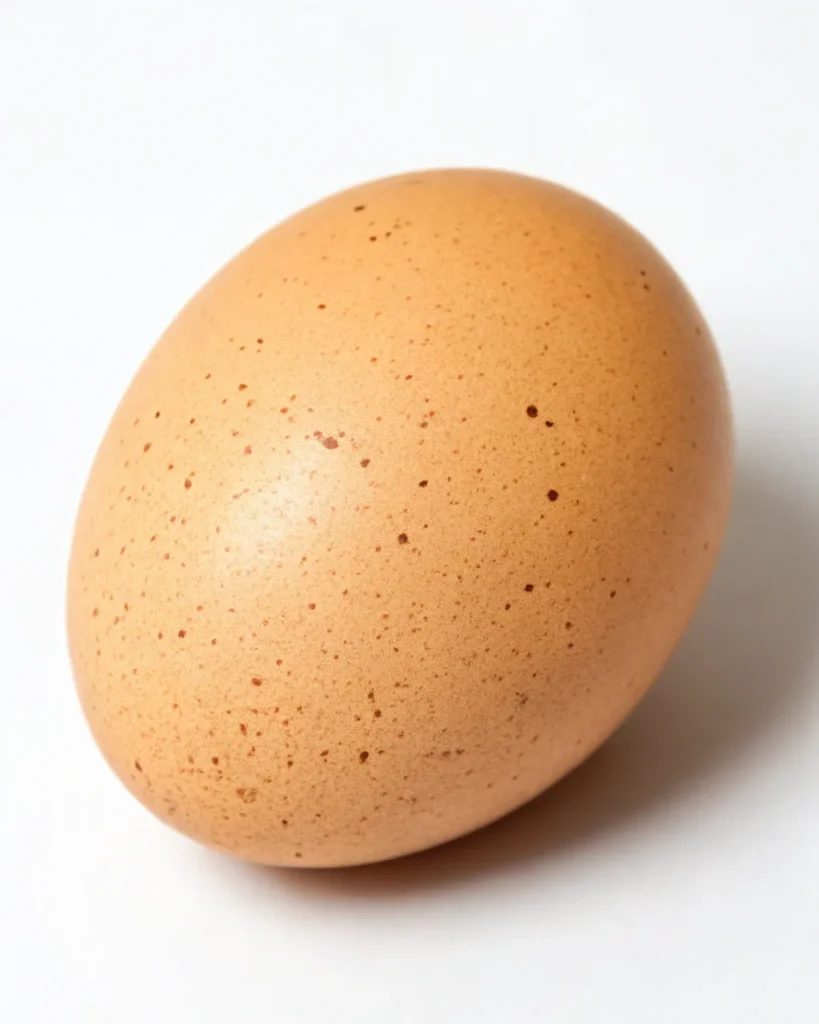
- Milk
- Warm milk enhances tenderness and provides a rich flavor. Some versions can use buttermilk or even non-dairy milk (almond, soy, etc.) for different flavor profiles.
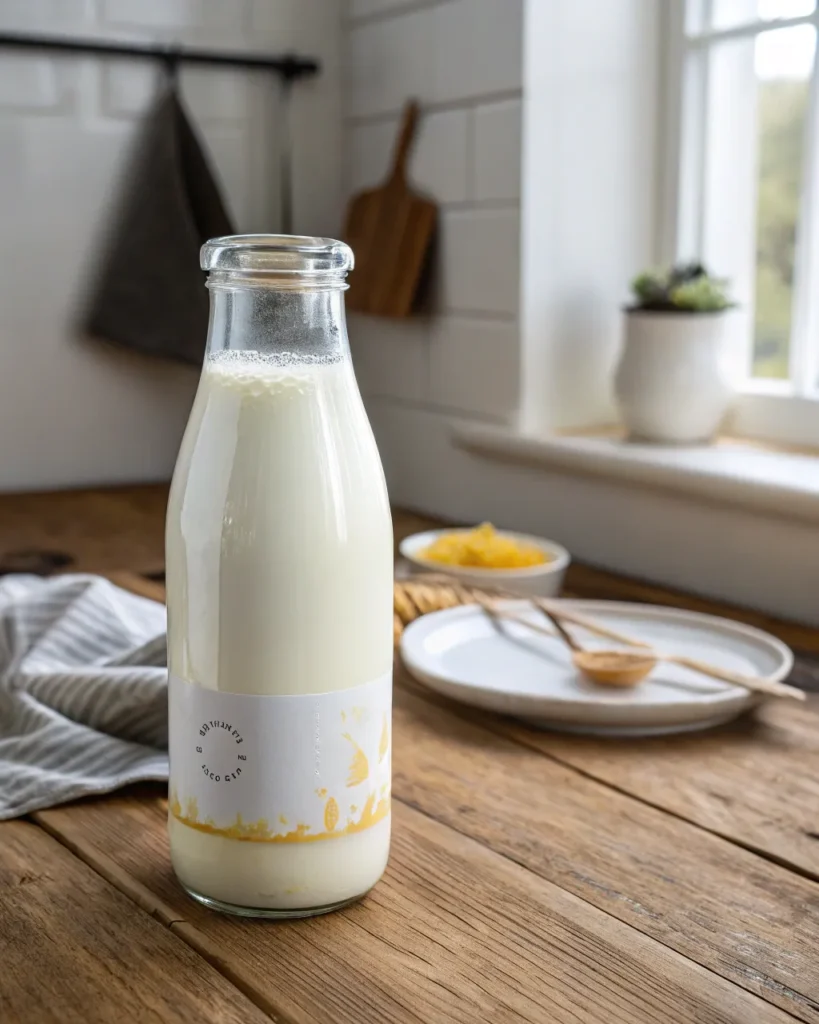
- Butter or Oil
- Butter is preferred for a richer taste and aroma. However, using vegetable oil is also common, especially if you desire a lighter crumb.
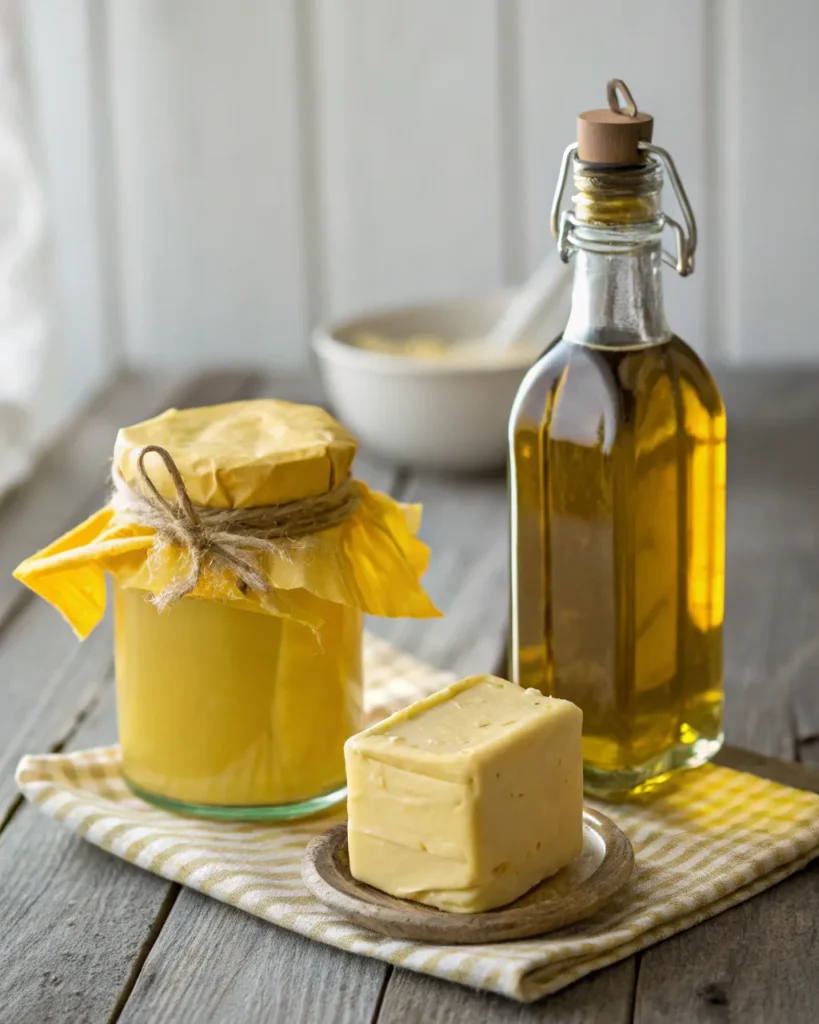
- Salt
- Balances the sweetness and also strengthens the gluten structure. A pinch of salt elevates the flavor of the entire loaf.
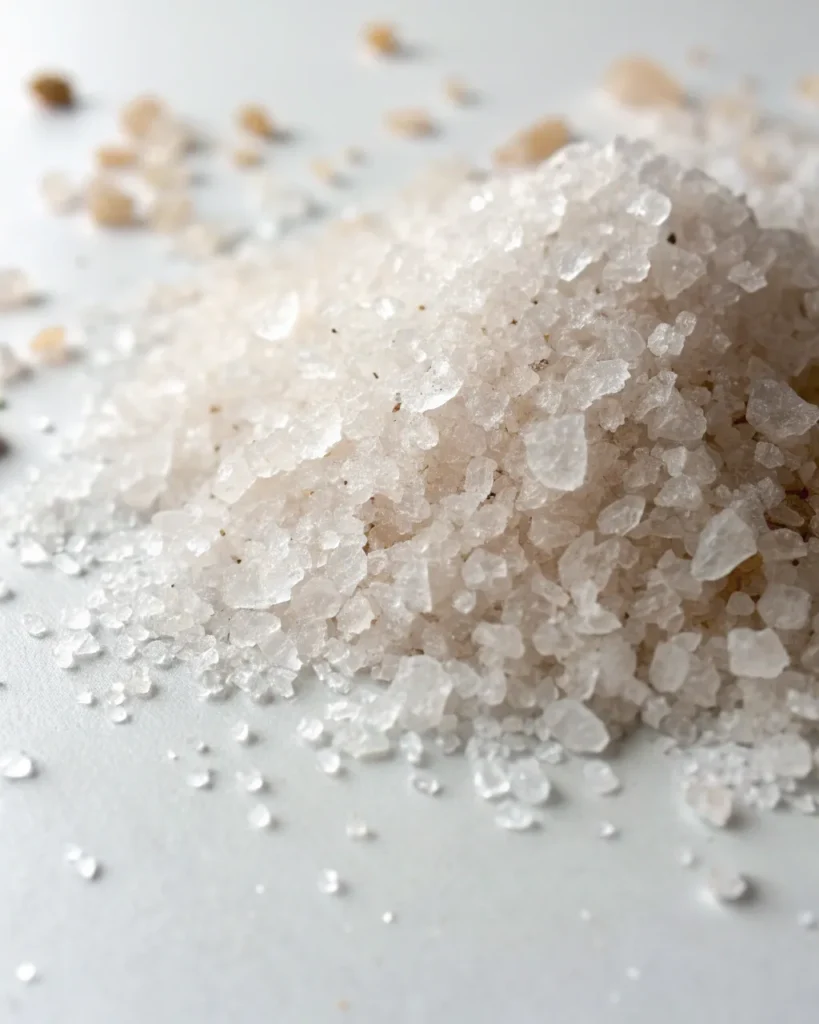
- Cinnamon
- The star spice that creates the sweet, warm taste. Often paired with sugar in a swirl or layered between folds of dough.
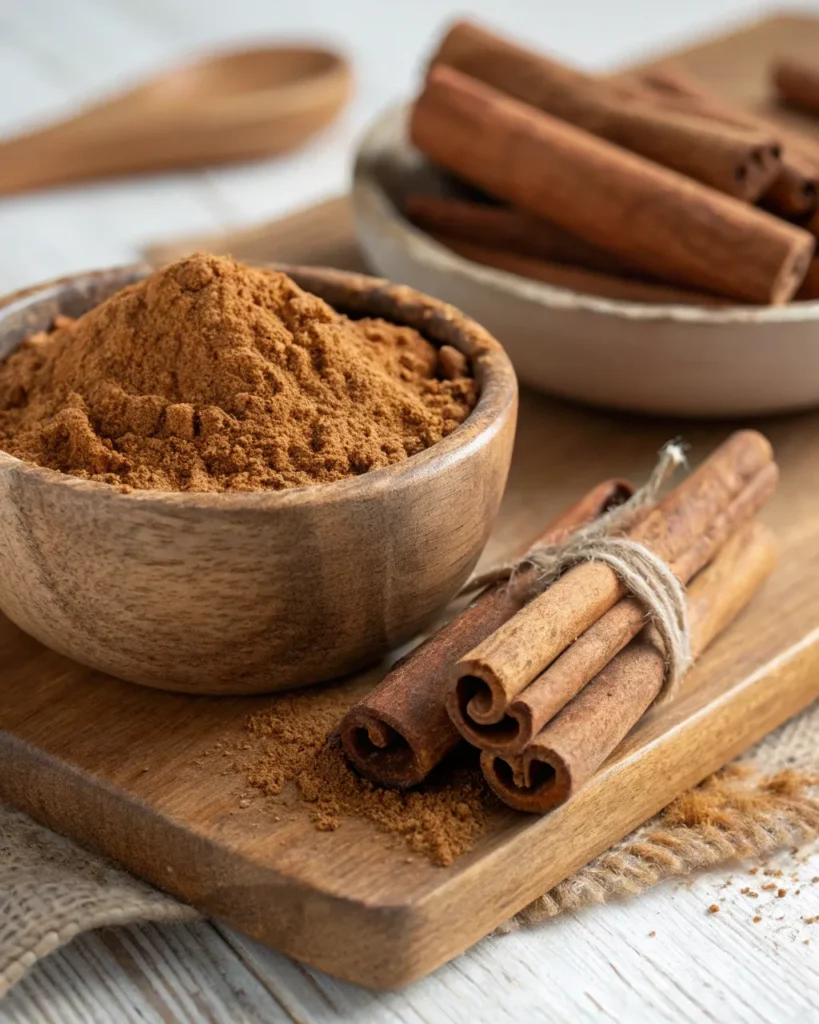
- Raisins (Optional)
- Popular for additional sweetness and chewiness, especially in variations like sourdough cinnamon raisin bread.
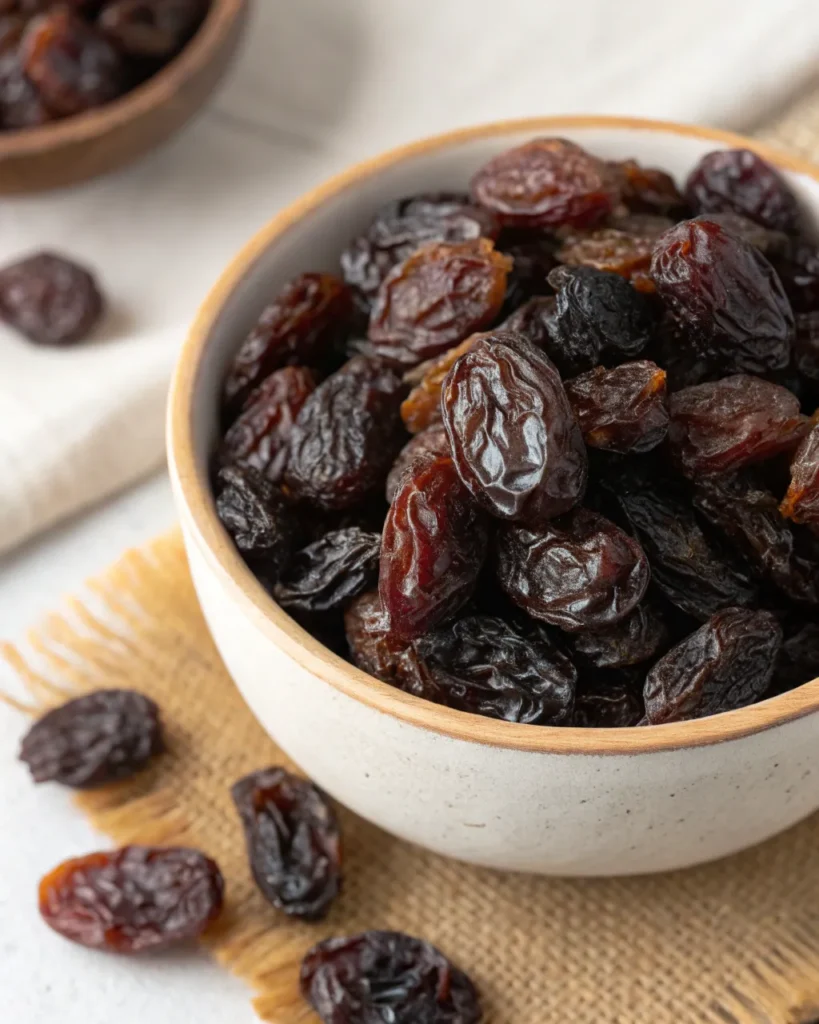
- Leavening Substitutes (for Non-Yeasted Versions)
- Some quick bread or “friendship bread” versions rely on baking powder and baking soda instead of yeast, leading to a denser but still delicious loaf.
Understanding the roles of these ingredients will help you troubleshoot any issues you might encounter, such as a loaf that doesn’t rise well, comes out too dense, or lacks flavor. Adjusting ingredient amounts, temperatures, and proofing times can make a significant difference in your final product.
5. Step-by-Step Guide to Making Classic Amish Cinnamon Bread
Below is a traditional style Amish Cinnamon Bread Recipe outline. Note that exact measurements and times can vary based on your oven, the type of yeast you use, and local humidity levels. Still, this general guide provides a dependable foundation.
5.1 Ingredients
- 3 cups all-purpose flour (plus extra for kneading, if necessary)
- 1 packet active dry yeast (about 2 ¼ teaspoons)
- 1 cup warm milk (about 110°F)
- ¼ cup granulated sugar (for the dough)
- 1 large egg, room temperature
- ¼ cup unsalted butter, melted (plus extra for greasing)
- ½ teaspoon salt
- Filling: 2 tablespoons cinnamon + ½ cup granulated sugar (you can adjust to taste)
- (Optional) Raisins, nuts, or other mix-ins
5.2 Preparing the Dough
- Activate the Yeast
- Warm the milk to around 110°F. In a small bowl, combine yeast, warm milk, and a pinch of sugar. Allow it to rest for roughly five to ten minutes, or until it becomes frothy.
- Combine Wet Ingredients
- In a separate bowl, whisk together the melted butter, egg, and remaining sugar until the mixture is well combined.
- Mix Dry Ingredients
- In a large mixing bowl, combine flour and salt. Create a well in the center.
- Form the Dough
- Pour the yeast mixture and the wet ingredients into the well. Stir until a shaggy dough forms.If the dough feels sticky, sprinkle in a little more flour. If it’s too dry, add a tablespoon of water or milk.
- Kneading
- Transfer the dough to a floured surface and knead for about 8 to 10 minutes. Alternatively, you can use the dough hook attachment on a stand mixer for about 5 to 6 minutes. The goal is a smooth, elastic dough.
- First Rise
- Shape the dough into a ball and place it in a greased bowl. Cover with plastic wrap or a damp cloth and let it rise in a warm spot for roughly 1 to 1 ½ hours, or until doubled in size.
5.3 Shaping and Adding Cinnamon
- Prepare the Cinnamon-Sugar Mixture
- In a small bowl, whisk together ½ cup granulated sugar and 2 tablespoons ground cinnamon (or more to taste).
- Roll Out the Dough
- Once the dough has doubled in size, punch it down to release excess air. Transfer it to a lightly floured surface. Roll it out into a rectangle, about ½-inch thick.
- Sprinkle Cinnamon Sugar
- Evenly spread the cinnamon-sugar mixture over the dough. You can also drizzle a bit of melted butter over the surface before sprinkling the cinnamon-sugar, which helps it stick and creates a richer flavor.
- Form the Loaf
- Tightly roll the dough into a log. Pinch the seams and tuck the ends underneath to secure.
5.4 Second Rise and Baking
- Second Rise
- Place the rolled dough into a greased loaf pan. Cover again and let it rise for another 30 to 45 minutes, or until it looks puffy and rises near the top of the pan.
- Preheat the Oven
- Preheat your oven to 350°F (175°C).
- Bake
- Bake the loaf for about 30 to 35 minutes, or until golden brown. To check if it’s done, gently tap the bottom of the loaf—it should sound hollow. An internal temperature of about 190°F is a good indicator of a fully baked loaf.
- Cooling
- Carefully remove the loaf from the pan and let it cool on a wire rack. Wait at least 20 minutes before slicing to allow the bread to set.
5.5 Serving
Slice the bread and enjoy it as-is, or top it with butter, jam, or a simple powdered sugar glaze. The swirl of cinnamon sugar will appear in every slice, making it visually enticing and delicious.
6. Baking Tips, Techniques, and Troubleshooting
6.1 Tips for a Soft, Moist Loaf
- Use High-Quality Ingredients: Fresh yeast, good-quality flour, and real butter make a noticeable difference.
- Don’t Skimp on Kneading: Proper kneading develops the gluten. If you under-knead, the bread could be dense.
- Check Dough Hydration: A dough that is too dry won’t rise as well, while an overly wet dough could collapse.
6.2 Proofing Techniques
- Warm Spot: Yeast thrives in a slightly warm environment. Ideal proofing temperature is around 75-85°F.
- Cover Properly: Use plastic wrap or a damp cloth to keep moisture in.
- Avoid Over-Proofing: If the dough over-proofs, it may collapse during baking.
6.3 Preventing a Burned Crust
- Position in Oven: Place your loaf on the middle or lower rack if the top browns too quickly.
- Tent with Foil: If you notice the crust becoming dark before the loaf is fully cooked, gently drape foil over it for the remaining baking time.
6.4 Checking Doneness
- Tap Test: A hollow sound indicates readiness.
- Thermometer: A reading of 190-200°F inside the loaf confirms it’s done.
- Visual Cue: The crust should be a lovely golden brown.
6.5 Troubleshooting Common Issues
- Bread Didn’t Rise: Check yeast expiration date; ensure the liquid temperature wasn’t too hot or cold.
- Dense or Heavy Texture: May need more kneading or too much flour was added.
- Overly Dry: Possibly baked too long or used too little liquid.
- Gummy Center: Often a sign of under-baking or slicing before fully cooled.
7. Variations and Related Recipes
One of the wonderful things about the classic Amish Cinnamon Bread Recipe is its adaptability. You can tweak dough ingredients, add fillings, or alter your method of baking. Below are some popular variations and related cinnamon-infused breads that you might consider exploring.
7.1 Amish Cinnamon Swirl Bread
An even more pronounced swirl is sometimes preferred by those who love the marbling effect. Instead of just sprinkling cinnamon sugar in one layer, you can fold the dough over multiple times, creating multiple thin layers. This technique produces a beautiful swirl pattern when sliced, and a more intense cinnamon flavor throughout.
7.2 Sourdough Cinnamon Raisin Bread
For those who prefer the tangy flavor of sourdough, swapping the commercial yeast for a sourdough starter can yield excellent results. Simply use your sourdough cinnamon raisin bread starter in place of yeast, adjusting the hydration as needed. Raisins are a popular addition for sweetness, complementing the sourness of the bread. Allow for longer proofing times since sourdough ferments more slowly than yeast-based dough.
7.3 Cinnamon Raisin Sourdough Bread vs. Cinnamon Sugar Sourdough Bread
- Cinnamon Raisin Sourdough Bread: Incorporates raisins or other dried fruit (like cranberries) directly into the dough.
- Cinnamon Sugar Sourdough Bread: Focuses on the swirl or layered cinnamon sugar. The tang of sourdough combined with the caramel sweetness of cinnamon sugar results in a distinct flavor profile.
7.4 Bread Maker Cinnamon Rolls
If you own a bread maker, you can take advantage of its kneading and proofing cycles. Instead of shaping a loaf, roll out the dough, slather on butter, and sprinkle cinnamon sugar. Slice into rolls, allow a second rise, and bake in a regular oven or in some bread makers that have a “cake” or “bake” setting.
7.5 Cinnamon Crunch Banana Bread
Though not a yeasted bread, cinnamon crunch banana bread uses a quick bread method. It’s a splendid option for those who crave the combined flavors of ripe bananas and cinnamon. A crunchy cinnamon topping adds texture. This variation can be a useful way to use up overripe bananas.
7.6 Sourdough Cinnamon Swirl Bread
A hybrid of sorts between regular Amish cinnamon swirl bread and sourdough cinnamon raisin bread—this variation features a sourdough base with a cinnamon-sugar swirl. The process requires more patience due to sourdough’s longer fermentation, but the payoff is a robust flavor with a moist crumb and distinctive swirl.
7.7 Cinnamon Roll Bread Pudding
Take your leftover cinnamon rolls or day-old Amish cinnamon bread and transform them into a luxurious bread pudding. The cinnamon flavor in the bread pairs beautifully with a custard base made of milk, eggs, sugar, and vanilla. Bake until it’s set, and serve warm with whipped cream or a drizzle of caramel sauce.
7.8 Sourdough Raisin Cinnamon Bread
If you love both sourdough and raisins, this option is similar to the swirl bread but incorporates the fruit throughout the dough. Soak your raisins in warm water (or even rum) before mixing them in to keep them plump and juicy.
7.9 Cinnamon Rolls from Frozen Bread Dough
For a convenient shortcut, you can buy frozen bread dough, thaw it, roll it out, and create cinnamon rolls. Although not entirely from scratch, it’s a timesaving hack that still yields impressive, warm rolls. The key is to let the dough fully thaw and rise according to package directions before shaping.
7.10 Cinnamon Swirl Sourdough Bread
Very similar to the sourdough cinnamon swirl mentioned earlier, but with a heavier emphasis on the swirling technique. Multiple rolling and folding steps can create dramatic, bakery-style layers. This bread pairs exceptionally well with a cup of coffee or tea.
7.11 Bread Machine Cinnamon Roll Recipe
If you have a busy schedule, consider letting your bread machine do most of the work. Dump the ingredients in according to the manufacturer’s instructions, use the dough cycle, and then shape and bake your cinnamon rolls in a standard oven. This approach marries convenience and homemade flavor.
7.12 Bread Maker Cinnamon Buns
Buns differ slightly from rolls in shape and texture but share the same scrumptious cinnamon filling. You can shape them into single-serving buns, top them with a simple icing, or even add a sprinkle of chopped nuts for extra crunch.
7.13 Keto Cinnamon Bread
For low-carb or ketogenic diets, you can adapt the Amish Cinnamon Bread Recipe by using almond flour, coconut flour, or other keto-friendly flour substitutes. Sweeteners such as erythritol or stevia can replace sugar. This quick bread version won’t have the same gluten structure or rise, but the result still captures the cinnamon sweetness in a loaf suitable for keto dieters.
7.14 Pull Apart Cinnamon Bread
Also called “monkey bread” or “bubble bread,” pull apart cinnamon bread features pieces of dough rolled in cinnamon sugar, then layered in a pan. Once baked, the resulting loaf can be “pulled apart” piece by piece. This style is perfect for parties or brunch gatherings.
7.15 Bread Machine Cinnamon Buns
Another variation of dough shaped as buns rather than rolls. The bread machine is used to prepare the dough, which is then separated into small rounds or knots. Once proofed, they are baked to form individual buns. Glaze them with icing or dust them with cinnamon sugar.
7.16 Bread Pudding with Cinnamon Buns
Just as you can make cinnamon roll bread pudding, you can also repurpose leftover cinnamon buns in a decadent bread pudding. The sweetness and cinnamon flavor intensify as the buns soak up the custard. Top with whipped cream, caramel, or even fresh fruit.
7.17 Cinnamon Donut Bread Recipe
This recipe merges the flavor of donuts with the texture of a quick bread. It generally includes nutmeg in the batter and gets brushed with melted butter and rolled in cinnamon sugar once baked. This approach creates that classic donut-shop taste in loaf form.
7.18 Cinnamon Rolls Made with Frozen Bread Dough
Similar to above, but specifically referencing pre-made dough that can be found in grocery stores. You can add raisins, chocolate chips, or nuts before rolling the dough. A cream cheese frosting or simple powdered sugar glaze completes the treat.
7.19 Cinnamon Star Bread
This visually striking bread is created by layering circles of dough with cinnamon sugar, then cutting and twisting the layers into a star shape. It’s a holiday favorite or show-stopping centerpiece for gatherings.
7.20 Ezekiel Cinnamon Raisin Bread
Ezekiel bread uses sprouted grains and legumes, offering a higher nutrient content. Adding cinnamon and raisins can replicate the flavor of Amish cinnamon bread while providing a denser, hearty texture. This is popular among health-conscious eaters looking for a more nutritious option.
7.21 French Toast with Cinnamon Bread
A great way to use leftover Amish Cinnamon Bread: whisk eggs, milk, and a bit of sugar to create a French toast batter. Dip slices of cinnamon bread into the mixture and cook on a griddle. The bread’s cinnamon swirl intensifies as it caramelizes, making an irresistible breakfast or brunch option.
7.22 Hawaiian Bread Cinnamon Rolls
Use the subtly sweet and fluffy Hawaiian bread dough to roll up cinnamon sugar. The pineapple juice in the dough provides a slight tang and tropical nuance, marrying surprisingly well with cinnamon. This variation is lighter and sweeter than standard Amish cinnamon bread dough.
8. Serving Suggestions and Pairings
Because of its sweet character, Amish Cinnamon Bread pairs beautifully with many spreads and accompaniments. Below are some ideas to elevate your loaf:
- Classic Butter and Jam
- Spread softened butter on a slice or experiment with fruit jams like strawberry, raspberry, or apricot.
- Cream Cheese Glaze
- For an indulgent treat, mix softened cream cheese, a bit of powdered sugar, and a dash of vanilla extract. Drizzle over warm slices.
- Nut Butters
- Peanut butter or almond butter can complement the sweetness of the bread, especially if you include raisins or nuts in the loaf.
- Honey or Maple Syrup
- A drizzle of honey or maple syrup over warm bread can turn your breakfast into a sweet delight.
- Savory Pairings
- Believe it or not, sweet cinnamon bread can work with certain savory dishes—like serving a slice of toasted Amish cinnamon bread alongside a bowl of tomato soup or chili. The contrast of sweet and savory can be surprising and delicious.
- Coffee or Tea
- The warmth of cinnamon bread perfectly complements a morning cup of coffee or tea. If you’ve made a sourdough version, the tanginess shines even more with a piping hot beverage.
9. Health Considerations and Ingredient Substitutions
While Amish Cinnamon Bread is typically considered a sweet treat, there are ways to tailor it to various dietary needs:
- Reducing Sugar
- You can cut back on sugar in the dough and use a smaller amount in the cinnamon filling. Consider natural sweeteners like honey, maple syrup, or coconut sugar.
- Whole Grains
- Swap a portion of the all-purpose flour for whole wheat flour or another whole grain variety. Be aware this might make the loaf denser, so experiment with hydration and kneading times.
- Dairy-Free
- Use almond milk, oat milk, or soy milk in place of dairy milk. Substitute butter with a plant-based spread or neutral oil like coconut oil or canola oil.
- Look for gluten-free all-purpose flour blends that contain binders like xanthan gum. Keep in mind the texture will differ without the elasticity of gluten, so recipes may need additional structural support.
- Keto Friendly
- Refer to keto cinnamon bread variations that use almond flour or coconut flour and sugar substitutes like erythritol. Quick bread versions might be easier to keep low carb than yeast-based doughs.
- Low-Fat Options
- Replace butter or oil with unsweetened applesauce or mashed bananas. This will make a moister crumb, but the bread might be denser.
Balancing indulgence with health considerations can ensure that you enjoy this classic treat in a way that aligns with your personal dietary requirements.
10. Frequently Asked Questions
Q1: Can I Freeze Amish Cinnamon Bread?
A: Absolutely. Let the loaf cool completely, then wrap it tightly in plastic wrap and place it in a freezer bag. It can stay fresh in the freezer for up to three months. Let it thaw at room temperature or leave it overnight in the refrigerator.
Q2: How Do I Store the Bread?
A: Keep it in an airtight container or wrapped in plastic wrap at room temperature. It should remain soft for about 2-3 days, or up to a week in the refrigerator. To maintain maximum freshness, consider slicing it and storing slices in a sealed container or bag.
Q3: Can I Use the Dough to Make Cinnamon Rolls?
A: Yes. After the first rise, roll the dough out, spread butter, sprinkle cinnamon sugar, roll it up, and cut into individual rolls. Place them in a baking dish, let them rise, then bake at 350°F until golden brown.
Q4: My Bread Turned Out Dense. Why?
A: Common reasons include under-proofing, adding too much flour, or not kneading sufficiently. Make sure your yeast is fresh, the dough is properly hydrated, and you knead until the dough is elastic.
Q5: Do I Have to Use a Loaf Pan?
A: Not necessarily. You can bake free-form loaves on a baking sheet or shape the dough in other creative ways. Just be mindful of rising times and baking durations, as they can vary with different shapes.
Q6: Is Amish Cinnamon Bread the Same as “Friendship Bread”?
A: They share similarities, but Amish Friendship Bread typically includes a starter that’s passed around among friends, often sweetened with sugar and milk. Amish Cinnamon Bread can be made with or without a starter, depending on the recipe.
Q7: Can I Make This Bread in a Bread Machine from Start to Finish?
A: Yes, if your machine has a “sweet bread” or similar cycle. Follow your machine’s instructions for ingredient order, then allow the machine to knead, rise, and bake. You may need to add the cinnamon sugar swirl manually, or adapt the process slightly, depending on your machine’s functions.
11. Conclusion
The allure of Amish Cinnamon Bread lies in its simplicity, warmth, and versatility. Rooted in a culture that treasures homemade goods, this bread has proven itself adaptable and universal. From the classic yeast-based approach to sourdough twists and indulgent bread puddings, its range of expressions is vast. Whether you aim to master a recipe for Amish cinnamon bread in its purest form or experiment with more contemporary interpretations—such as cinnamon star bread, keto cinnamon bread, or even cinnamon rolls made with frozen bread dough—the possibilities are endless.
The journey from mixing and kneading dough to smelling the comforting aroma fill your kitchen is part of the magic. As you become familiar with the basics of yeast dough, you’ll gain the confidence to tweak ingredient proportions, adapt for dietary needs, and incorporate new flavors. Each loaf, roll, and swirl can be a personal expression of taste and tradition.
For those who enjoy sharing their culinary creations, a loaf of Amish cinnamon bread makes a thoughtful gift, capturing the homemade touch and wholesome goodness that the Amish culinary tradition celebrates. If you have yet to savor that first warm slice fresh from the oven, you are truly in for a treat. Make some space on your countertop, gather those simple ingredients, and allow the timeless ritual of bread-making to fill your home with delicious aromas and nostalgic charm.
Enjoy Baking!
Whether you’re new to bread making or you’ve been kneading dough for years, we hope this comprehensive guide inspires you to explore the many twists and variations of the Amish Cinnamon Bread Recipe. From quick breads to elaborate sourdough swirls, there is a cinnamon bread style to suit every palette, dietary preference, and kitchen setup. Happy baking—and don’t forget to share your freshly baked loaf with loved ones, just as the Amish would do in a warm, family-centered gathering.
